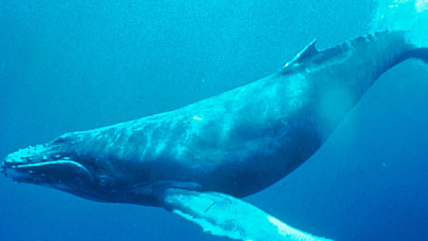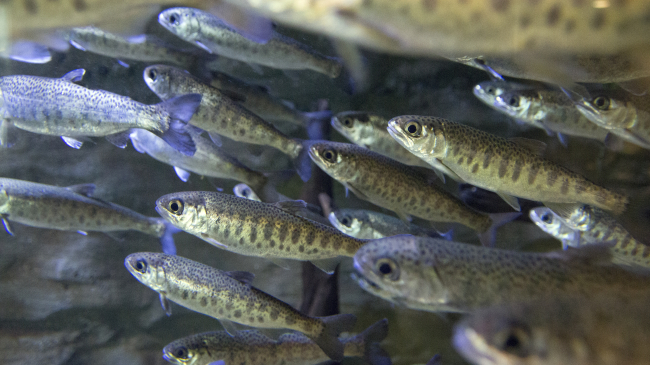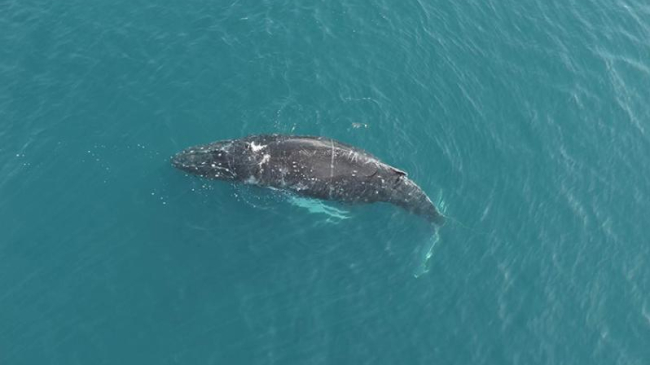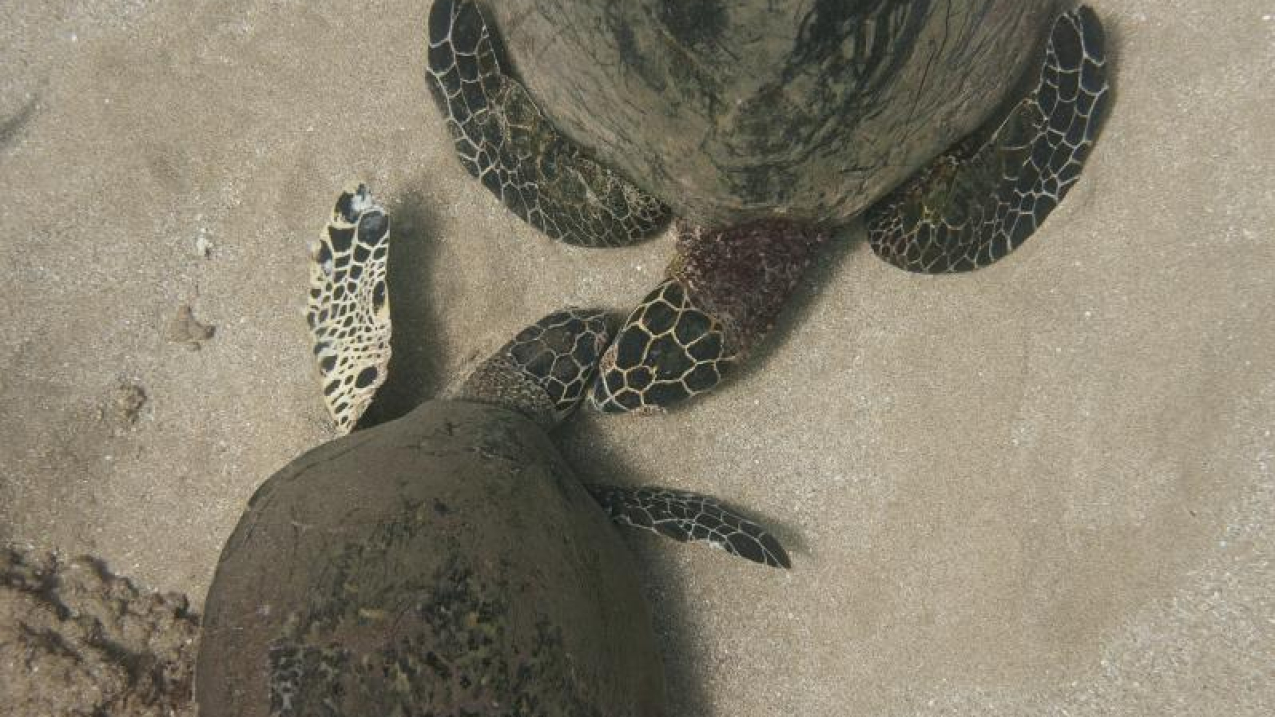
Two hawksbill turtles interacting. (Image credit: NOAA Fisheries/Don Mcleish)
Sea creatures find love
In an ocean of blue,
Fun facts are sweet,
Here are some just for you
1. Have a (really big!) heart
Who has the biggest heart on the planet? Whale, whale, whale — look who it is! The blue whale is the winner, with a heart weighing in at more than 1,000 pounds! That’s about as big as a dairy cow! Learn more about the big-hearted blue whale.
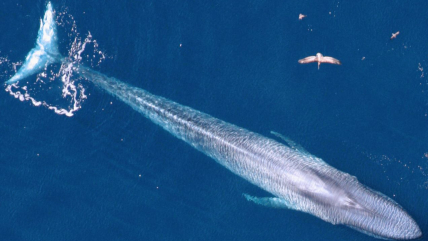
2. Quantity versus quality
The blue whale has the biggest heart, but the octopus has three! Two of the octopuses' hearts pump blood to the gills, collecting oxygen so the octopus can breathe, while the third heart circulates the oxygenated blood throughout the rest of the body.
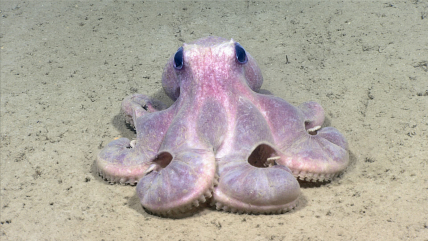
3. Long-distance love
Think it’s tough traveling a half hour to meet your date? If so, be thankful you aren’t a leatherback turtle! These sea turtles undertake the longest migrations between breeding and feeding areas of any sea turtle, with some averaging 3,700 miles each way! That’s a true long-distance relationship.
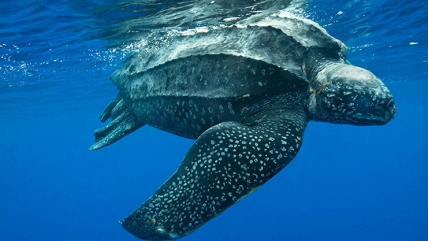
4. Sticking together
Which fish is prone to intense romantic attachment? The anglerfish, for one! Male anglerfish are much smaller than females, and their goal in life is to find females to physically latch onto. When a male finds a female, he bites the female and fuses his body with hers. (Ouch! Love hurts). The male then provides the female with sperm to fertilize her eggs, and the female provides him with nutrients.
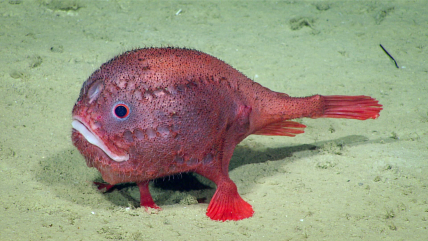
5. A ballad for your beloved
Dating can be hard — even in the ocean! Humpback whales produce complex songs to attract a mate. Need inspiration for your next romantic ballad? Listen to this humpback whale love song recorded by researchers from Hawaiian Islands Humpback Whale National Marine Sanctuary.
